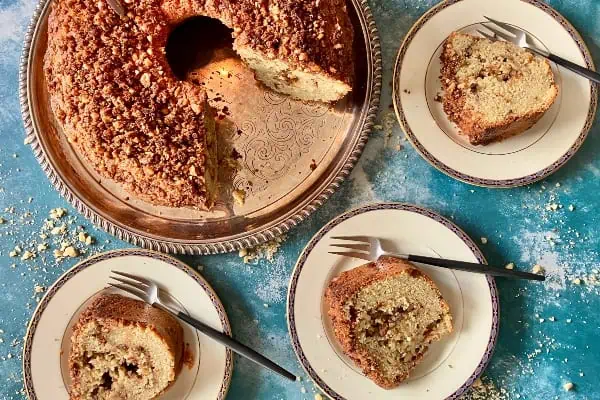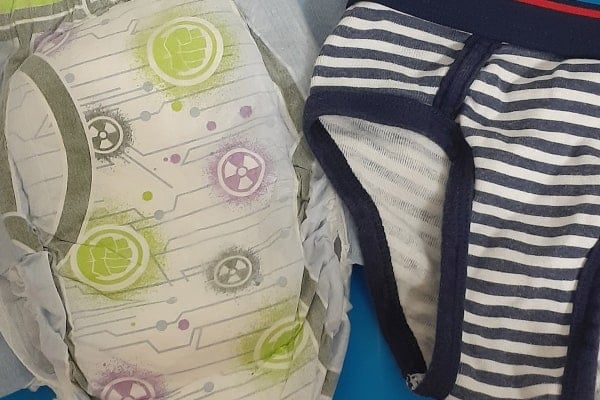BY SARAH LINDSTEIN
“Art should be a part of daily life, something of beauty to add meaning to our lives.”
It is a creed of renowned Yukon artist, Ted Harrison.
His former student, Louise Hardy, followed this creed as she prepared a rich variety of felted clothing for her collection which is now on display in the Yukon Arts Centre Community Gallery.
Hardy is not a newcomer to the Yukon arts scene. She has worked with felt textiles for two- and-a-half years and opened two shows with felts this year: one at Arts Underground and another at Yukon Artists @ Work.
Her felted clothes are occasionally worn, but are not meant to be practical: “I spent years being practical. It’s time I’m not practical.”
Hardy began her foray into felting by forever being entranced by textiles. Sewing, knitting, weaving and felting, she developed her art through many different methods until discovering the freedom and sculptural abilities of felt.
“Felt is so primitive. It’s just matted wool, an original source material for the early people. When I felt, it feels like a return to Earth … an earlier time,” she says.
The pieces in the show are symbolic of change, according to Hardy: “Marriage, death, gowns and shrouds – they all represent a cycle of change in our lives.
“I wanted the clothes, particularly the Holy Communion dress, to symbolize life-changing events. These clothes we can’t part with, but can’t wear again.” Wedding dresses aren’t worn again; Holy Communion dresses aren’t, and shrouds aren’t an item a person will ever part with.
The first Holy Communion dress holds special meaning to Hardy, who never had a chance to wear her own. The new Holy Communion dress is now finer, with a longer veil. Hardy’s pieces provide an opportunity to examine how clothing can represent tumultuous times of important events.
The layered felt takes time to complete. The In Flanders Fields piece is an interesting mix of utilitarian and organic material woven in. The poppies seem to grow up from the mossy grey felt onto the practicality of the soldier’s jacket. The jacket flows into the felted “ground”, evocative of a return to the earth.
In Flanders Fields took a month to complete: an average length of time for a piece, depending on how many layers of felt are worked into the art.
White wool, woven into the Oni Kimono, was wool collected by Brian Young, a friend of Hardy’s, from the sides of the Rocky Mountains. “It’s neat to think of the layers of meaning the wild wool adds to the kimono,” says Hardy.
Hardy anticipates her next collection developing organically: “I have wool blankets I have been gathering from the Salvation Army, for some time, and I see myself working something out of that. The nice part about felting and wool textiles is that it is an accessible art, a way to create beauty. Also, it is very comfortable to have around the house.”
Hardy’s collection, Capes, a Kimono and Holy Communion, shows until June 14. Anyone interested in textures and textile art will love to know that she welcomes touching the pieces.




